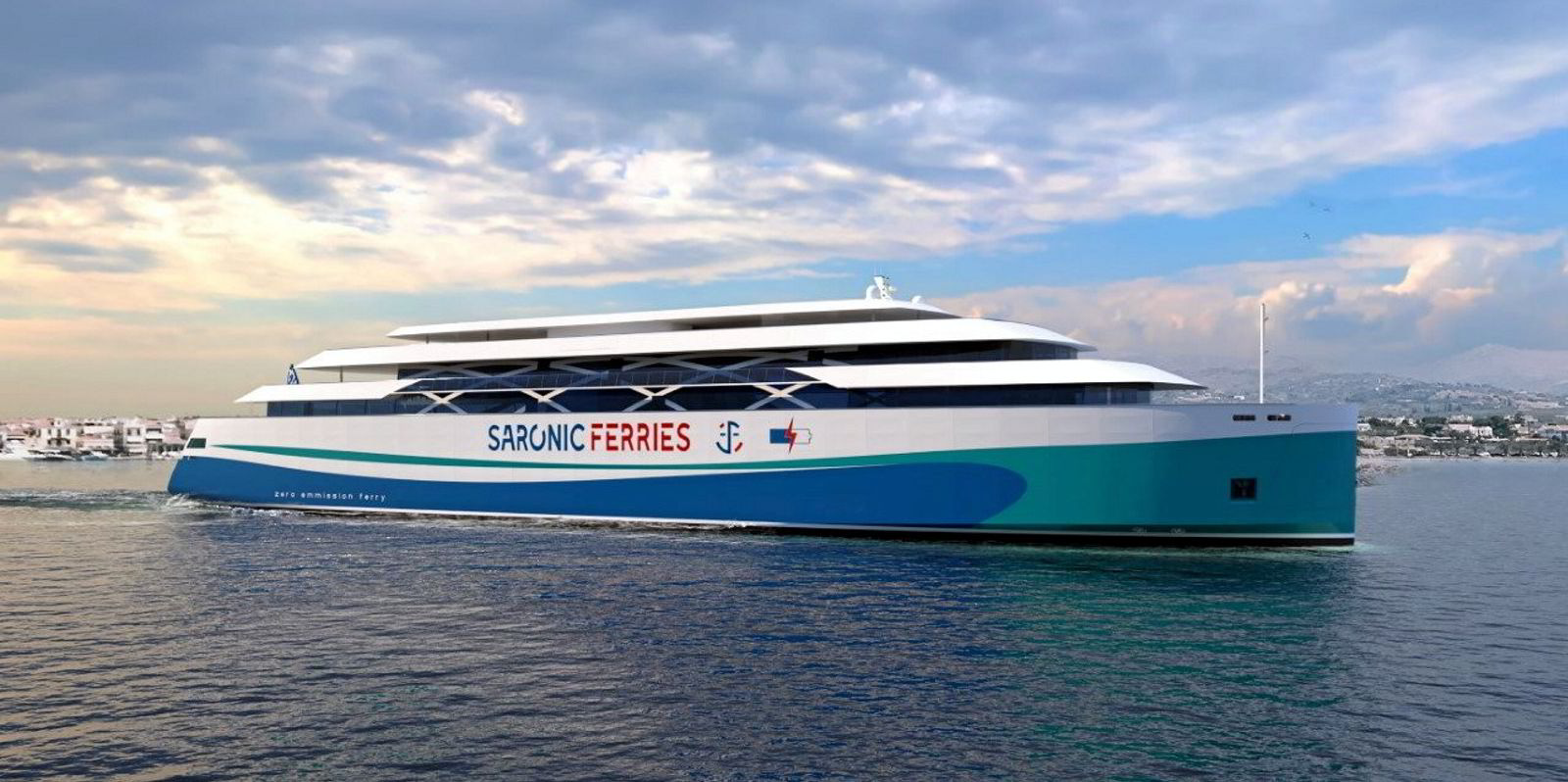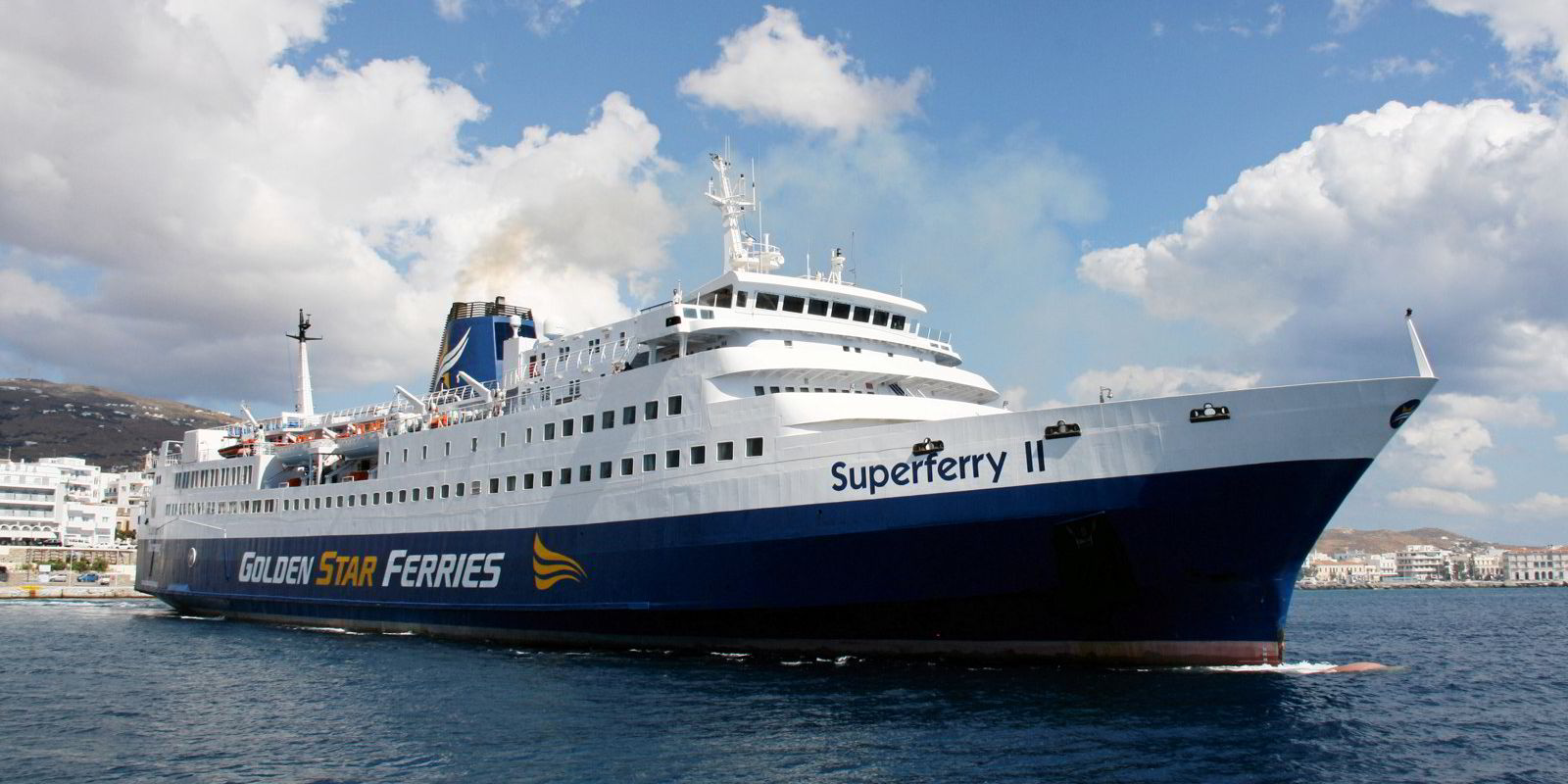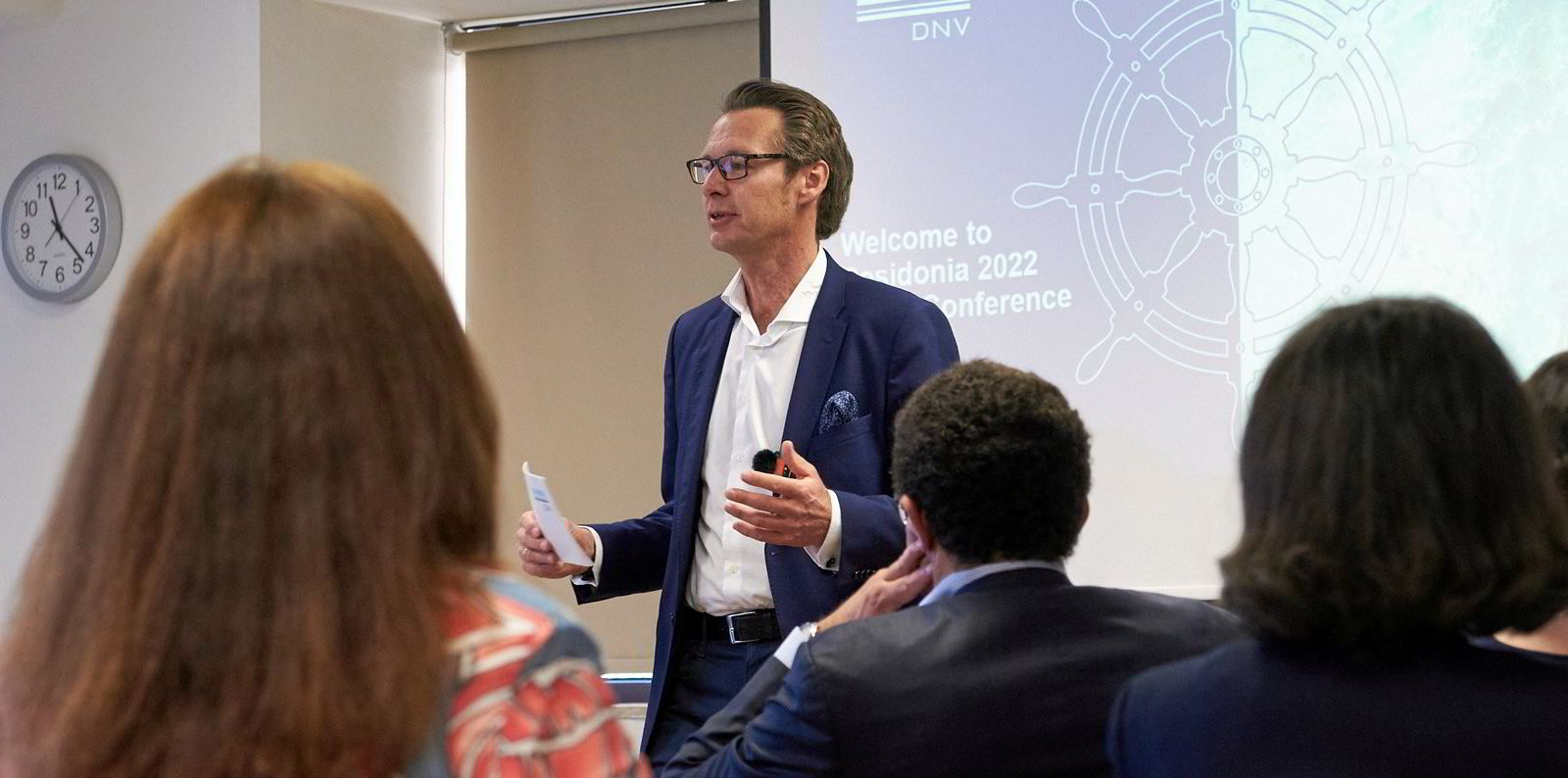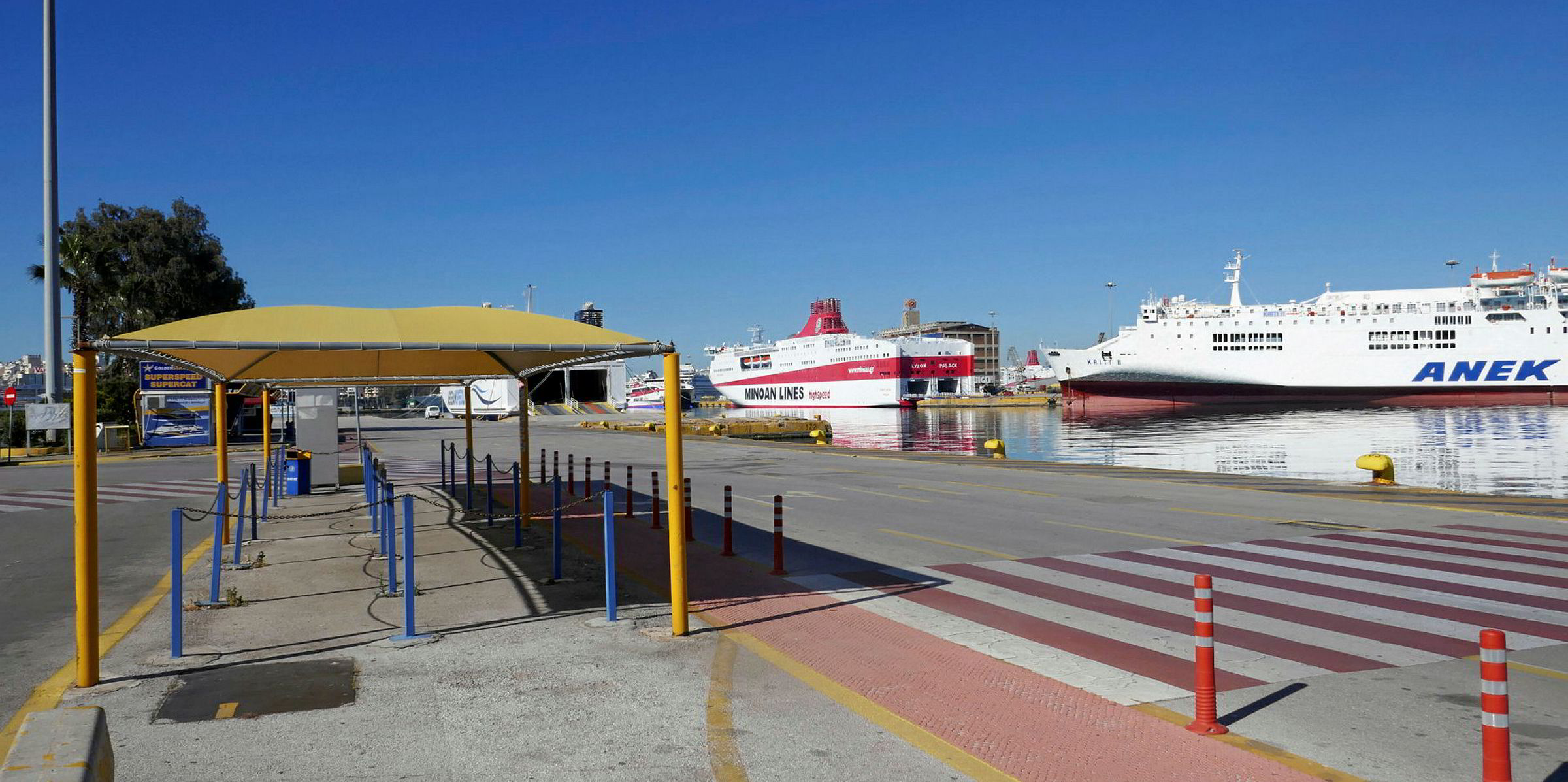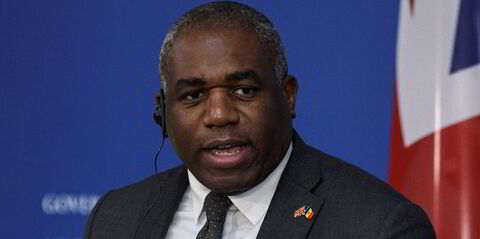Greek island hopping may be one of the most delightful experiences imaginable, but it is not a very carbon-efficient one.
Too many old ferries are still plying the country’s azure seas, belching columns of thick smoke into the sunny sky.
However, there are tentative signs that change is afoot.
On 8 August, Attica Group, the country’s biggest ferry operator, started employing three freshly delivered, small catamaran newbuildings on short-haul routes out of Piraeus, in the Saronic Gulf.
The company spent a total €21m ($21.3m) on the 323-gt Aero 1 Highspeed, Aero 2 Highspeed and Aero 3 Highspeed — all built in 2022 at Norway’s Brodrene Aa shipyard.
The trio replaces outgoing vessels that had been in service for 40 years.
In the grand scheme of things, Attica’s venture may not sound like much.
However, it is still important because it was the only shipbuilding programme underway in Greece — Europe’s biggest, but possibly also most under-invested and over-aged passengership market.

“This could be a signal to resume the fleet-renewal efforts that market players need to undertake,” said XRTC Business Consultants head George Xiradakis, who has been observing the scene for more than two decades.
The Saronic Gulf is just a small corner of Greece but it captures a considerable part of the country’s overall ferry market, servicing destinations of such places as the islands of Hydra and Spetses.
It used to attract about three million passengers per year — about 15% of Greece’s total — before Covid-19 decimated tourism flows.
Oslo calling
The short-haul nature of the Saronic Gulf and its proximity to Athens — a large and technologically sophisticated urban area — makes it a natural candidate for even more ambitious projects.
Saronic Ferries, which operates five vessels in the region, aims to commission Greece’s first fully-electric ropax ferry as part of plans for an emissions-free fleet by 2040.
“We envision our operation in the Saronic islands to be the inspiration for others to initiate more green fleet-renewal projects in Greece,” company partner George Papaioannides said.
The plan is to have the first vessel up and running in four years between Piraeus and the nearby islands of Aegina and Agistri.
C-Job Naval Architects, a ship-design company based in the Netherlands, has already delivered an initial design, following an extensive sustainable fuel feasibility study.
The zero-emission passenger ro-ro ferry would carry 800 passengers and recharge in Piraeus.
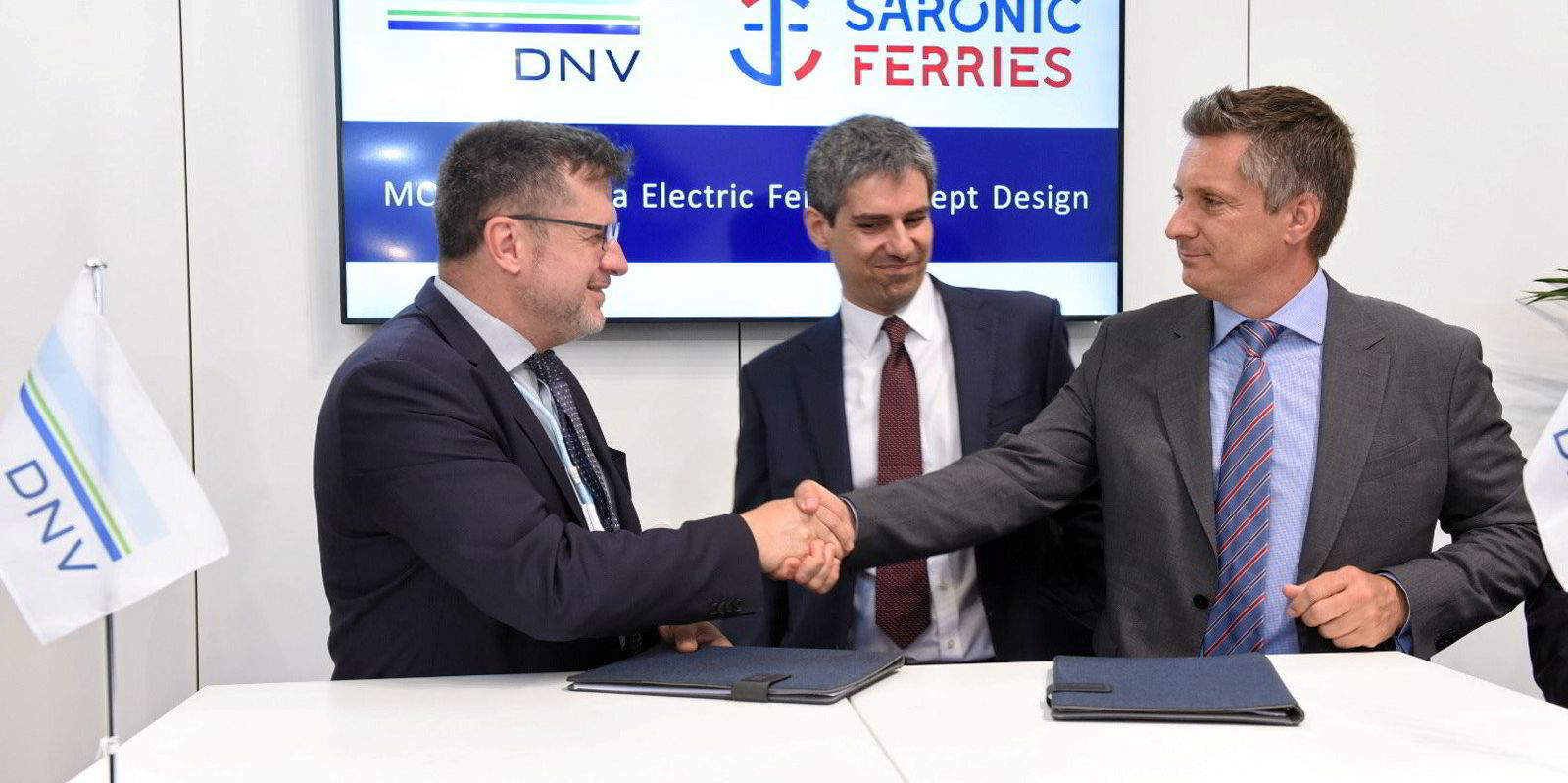
As in the case of Attica, Norwegian help is of the essence. Classification society DNV signed a cooperation agreement with Saronic Ferries during Posidonia to assist in the project.
Drawing on its Nordic experience with electric-powered ships and batteries, DNV has long professed its desire to help Greece modernise its ageing fleet.
About one-third of the 240 ferries plying Norwegian waters currently operate on batteries and the target is to fully electrify the fleet by 2026.
With a similar shoreline and domestic transport needs, there is no reason why Greece should not emulate Norway, DNV officials argue.
Local difficulties
However, even the most hopeful players admit that their plans will need outside help to mature.
First, land-based infrastructure must move in line with ship designing to make the enterprise work.
“One can’t come without the other,” Joseph Lefakis, a second partner at Saronic Ferries, said.
Greek ports, for example, will need considerable investment to be able to host the latest generation of vessels such as the ones commissioned by Grimaldi Group — an Italian ro-ro giant that i also active in Greece.
Another obstacle is outdated, fossil-fuel-era laws that effectively disallow battery-powered ships from operating in the country.
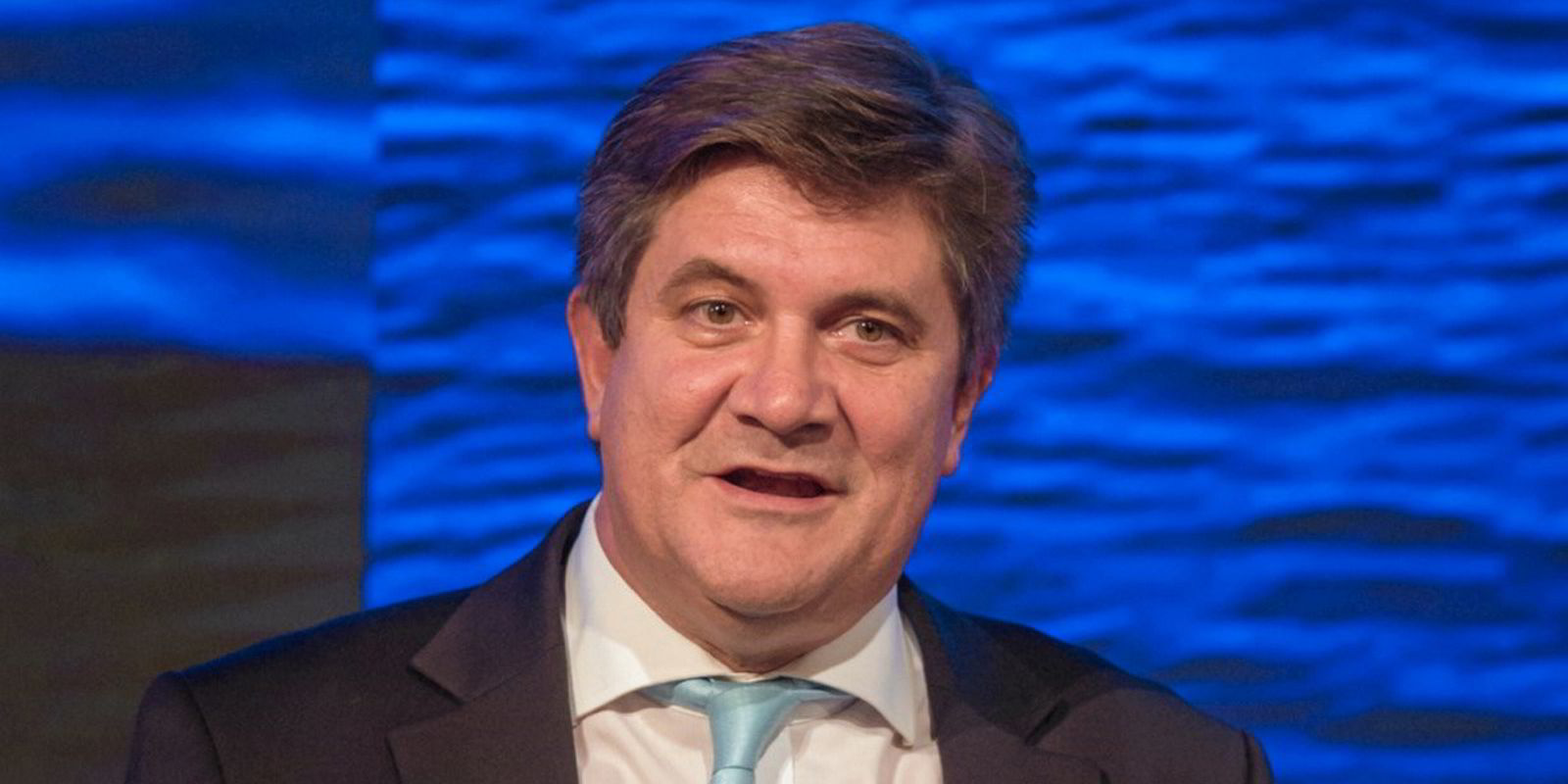
However, the biggest hurdle is the absence of sufficient capital to invest in green transition ventures, Xiradakis argued on 9 August, when XRTC released the 21st edition of its annual Greek ferry industry report.
Greece’s 2010 to 2018 debt crisis and the Covid pandemic have weakened the industry. Rising fuel costs in the wake of the war in Ukraine pose an additional challenge.
Public subsidies offer a ray of hope.
Greek authorities are currently trying to secure €4.5bn in available European Union funds to renew the fleet.
About €2bn would be invested in modernising 37 vessels older than 30 years old, Xiradakis wrote. The remaining €2.5bn would go towards renewing 43 ships aged between 20 and 30 years.
Maybe there is hope for a smoke-free Aegean after all.
